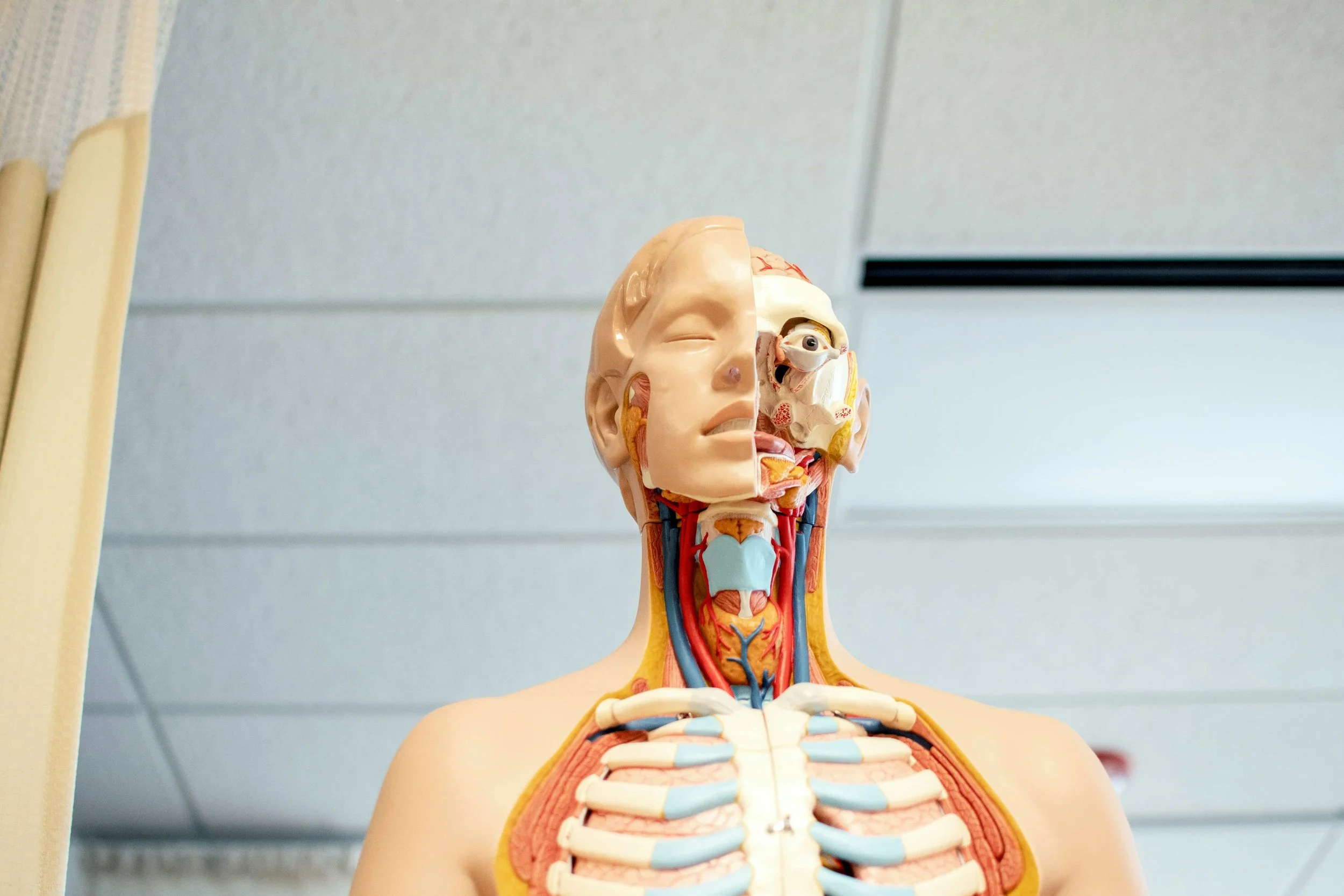Where Breathing Lives: Why Your Torso, Not Your Wrist, Tells the True Story
Introduction: Wrist Wearables vs. Real Breathing Mechanics
Wearables are everywhere. Smartwatches track heart rate, sleep, steps, and even oxygen saturation. But when it comes to breathing, most people assume the wrist is enough. The truth? Breathing doesn’t live on your wrist, it lives in your torso.
Every inhale and exhale originates from the diaphragm, chest, and ribcage, expanding and contracting rhythmically to move air in and out of your lungs. Your wrist may feel a pulse, but it can’t measure the subtle mechanics that define the quality, depth, and rhythm of your breath.
Why the Torso Matters for Accurate Breath Tracking
Breath is a full-body activity, and the torso is the epicenter:
Diaphragm control: The diaphragm is the primary breathing muscle, its contraction draws air deep into the lungs, increasing oxygen efficiency.
Chest expansion: The ribcage moves with every breath, providing feedback on lung capacity and engagement.
Posture and breath efficiency: Proper alignment of the torso ensures optimal air intake, activating the parasympathetic nervous system for relaxation and focus.
Without tracking the torso, you are missing the true signal of your breathing, something no wrist-worn device can measure accurately.
The Limits of Wrist-Based Tracking in Breathwork
While smartwatches are excellent for heart rate, step counting, and basic oxygen monitoring, they are indirect and limited for breathing:
Wrist sensors can detect subtle motion or pulse variations but cannot measure diaphragm movement or chest expansion.
Breath depth, rhythm, and irregularities remain untracked or estimated, making feedback incomplete.
Users may think they are practicing mindful breathing, but without direct measurement, improvements can be hard to quantify
Respa Mindfulness: Putting Breath Where It Lives
Unlike wrist devices, Respa Mindfulness sits on the torso, precisely where breathing happens. It monitors the expansion and contraction of the chest and diaphragm, providing real-time, accurate feedback on every inhale and exhale.
Guided sessions: Respa guides your breath with cues for inhale, hold, and exhale phases.
Measurable progress: Match scores and session summaries help you see improvements in breath quality and consistency.
Enhanced mindfulness: By feeling and tracking your torso movements, you gain awareness of subtle changes in posture, engagement, and rhythm.
This placement makes the experience intuitive, you see, feel, and measure your breath where it actually lives.
Education for Optimal Breath: From Awareness to Action
Tracking breath at the torso is not just about technology, it is about teaching your body how to breathe better:
Diaphragmatic engagement: Focus on deep belly breathing rather than shallow chest-only inhalations.
Postural alignment: Keep your torso upright to allow full ribcage expansion.
Consistency: Practice regular sessions to reinforce the rhythm of slow, controlled breaths.
By using Respa to monitor your torso, these practices become measurable and actionable, giving you a deeper connection to your body and your breath.
Rethinking “Breath Wearables”
It is time to rethink what a “breath wearable” really is. Just because a device sits on your wrist does not mean it tracks your breath accurately. Breath lives in your torso, not on your wrist. Learning to track and refine your breath at the source opens the door to better stress management, performance, and overall wellness.
Measure Where Breath Happens
Breath is more than a number on a screen, it is a living, dynamic process centered in your torso. By putting technology where breath truly lives, you can measure it, refine it, and harness it for health, focus, and performance. With Respa Mindfulness, you do not just track your breath, you understand it, train it, and feel it where it counts. Your torso holds the key, your breath is the power.

